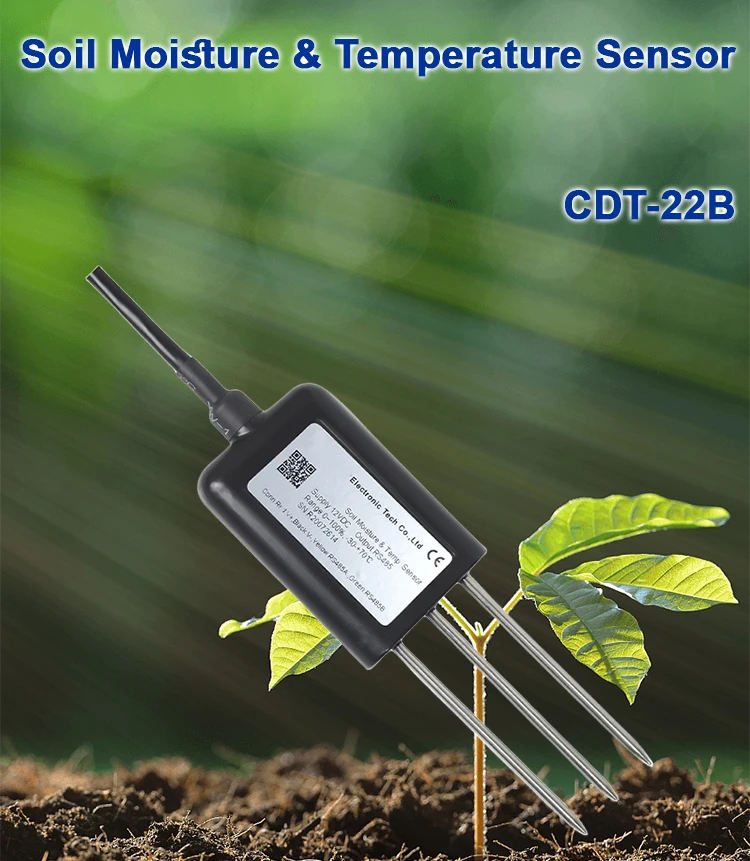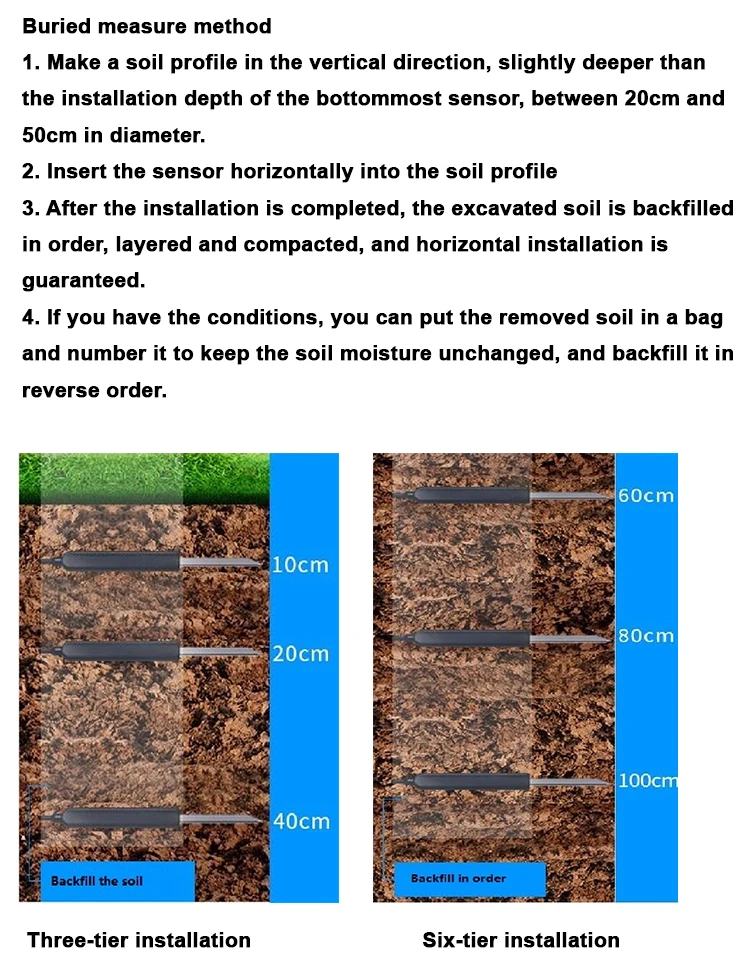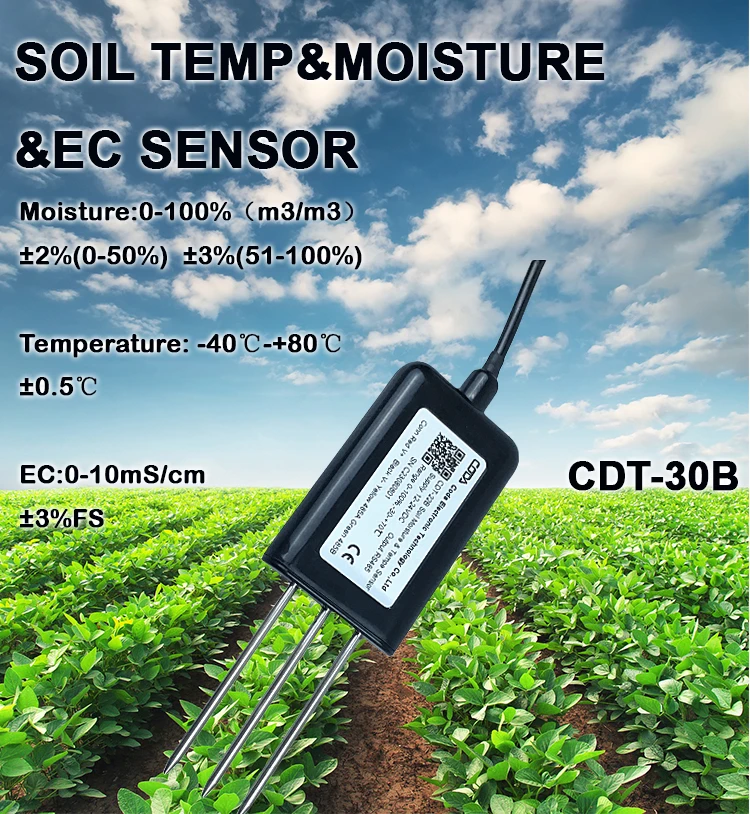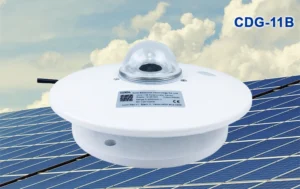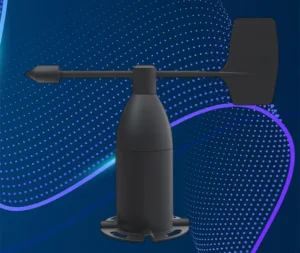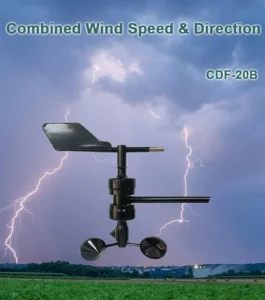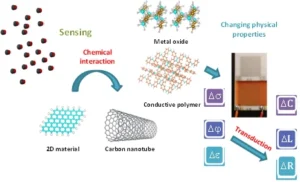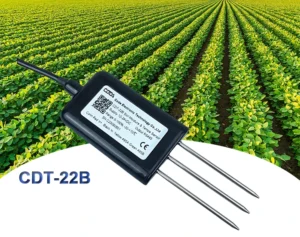How do you operate soil moisture sensors?
Best smart soil moisture sensor, also called a soil humidity sensor, is a device that measures the water content in the soil. soil moisture sensor probe provides accurate information on soil moisture. It detects changes in moisture levels and turns them into electrical signals. These sensors are crucial in fields like agriculture, horticulture, environmental monitoring, and scientific studies, providing essential insights for various applications.
Using a best smart soil moisture sensor is a simple process. First, choose the right sensor. Next, install it and connect it to a data system or controller. Finally, calibrate the sensor and take readings. Here are the fundamental steps for utilizing a soil moisture sensor:
First, preparation
Choose an appropriate sensor.
– Choose the type based on your needs: capacitive, resistive, or specialized TDR/FDR sensors. Consider accuracy, budget, and soil type.
Second, the choice of measurement locations
1. Choose a good spot for measurement. Stay away from hard or uneven objects like stones and tree roots. Pick a flat area of soil that represents the whole area.
2. Prepare the measurement area: remove the top layer of soil to the needed depth. Keep the soil below loose or tight as it is. This helps the sensor measure soil moisture accurately.
– Take into account the communication interface: for instance, RS485 interface sensors are ideal for remote monitoring and extensive deployment.
– Check the sensor’s status. Ensure the sensor looks undamaged. Make sure the wiring is intact. Also, check the battery or power supply.
Third, set up the soil moisture sensors.
Installation technique:
Quick assessment: Insert vertically into the soil for fast measurement.
Buried assessment: Create a pit and place the soil moisture sensor probe horizontally.
This approach is ideal for extended monitoring. For continuous long-term measurement, it is advisable to secure the sensor within the soil. This will help avoid damage from frequent insertion and removal.
– Depth: Ascertain the insertion depth based on the crop’s root depth and the requirements for monitoring.
– Stability: Confirm the sensor’s stability to prevent movement from impacting data precision.
Note: When inserting the sensor into the soil, hold it tightly. Make sure to insert it straight down to the right depth. Avoid moving it laterally during insertion to guarantee the sensor maintains close contact with the soil.
Fourth, measurement and documentation
Data acquisition and evaluation
Data acquisition: Use the right tools or software to capture soil moisture data. This depends on the sensor’s output type, like voltage, current, or digital signal.
Documentation: Log the acquired data for future analysis and processing. To improve measurement accuracy, it is best to average several readings from a small area at the same point.
Software Integration: Utilize compatible software or a custom-built system to interpret data transmitted via RS485.
Data evaluation: Modify the irrigation strategy based on the data to enhance water resource management.
Set the threshold using digital outputs, like DO. This will turn on the irrigation system when the humidity level hits the target.
Five. Maintenance and care
1. Routine calibration: To ensure the sensor’s measurement precision, it must undergo regular calibration. For detailed calibration procedures, refer to the sensor’s manual or seek advice from the supplier.
2.Prevent damage: When using the sensor, avoid strong impacts or drops. This helps protect the sensor’s internal parts.
3. Proper storage: When the sensor is not used for a long time, keep it in a dry, well-ventilated place. This helps prevent moisture buildup or rust.
4. Regular inspection: Ensure that the connections remain stable and periodically assess the sensor’s performance.
By following these guidelines, you can use the soil moisture sensor to check soil moisture levels. This will greatly help in farming, landscaping, and other uses.
Application scenarios for best soil moisture sensor:
As an accurate and effective monitoring instrument, soil moisture sensors find extensive use across various sectors. Below are the primary scenarios where they are applied:
Farmland management and water-efficient irrigation
Precision agriculture: Soil moisture sensors provide real-time, continuous, and precise measurements of soil moisture levels, offering farmers a reliable foundation for irrigation decisions. By tracking soil moisture, farmers can water their crops based on real needs. This helps reduce overwatering and drought. It also improves water use efficiency and lowers production costs. As a result, farmers can achieve better crop yield and quality.
Water-efficient irrigation: By utilizing data from soil moisture sensors, farmers can intelligently manage irrigation systems to achieve water efficiency. This approach aids in minimizing water resource wastage, particularly in regions facing water scarcity.
Monitoring and safeguarding the ecological environment
**Nature Reserves**
In nature reserves, wetlands, and forests, researchers use soil moisture sensors. These soil moisture sensor probe help them monitor changes in soil moisture in real-time. This technology reveals how the water cycle interacts with soil, plants, and the atmosphere. It provides a scientific basis for restoring ecosystems, conserving water, and preserving biodiversity.
Disaster prevention: Checking soil moisture is important for predicting droughts, floods, and other natural disasters. It provides key data for disaster prevention and response plans.
Greenhouse and facility agriculture
Precision management: In modern greenhouses, soil moisture sensors work with automated systems. They can adjust irrigation schedules on their own. This helps achieve precise management and smart control. This approach fosters healthy crop development and enhances economic returns.
Gardening and Landscape Construction
Monitoring plant growth: Soil moisture sensors help track moisture levels in garden soil. They provide important data to support the growth of garden plants. By managing how much and when to water, these sensors can improve plant growth and gardening results.
Landscape planning and design: In this phase, soil moisture sensors help designers and engineers understand soil moisture better. This knowledge allows them to create more effective and practical planning strategies.
Soil improvement and scientific research
Monitoring soil fertility: By regularly checking soil moisture and other factors, we can see changes in soil fertility. This gives us a scientific basis for improving the soil.
Smart soil moisture sensor probe are important in plant studies and soil science. They provide researchers with accurate data for their experiments.

